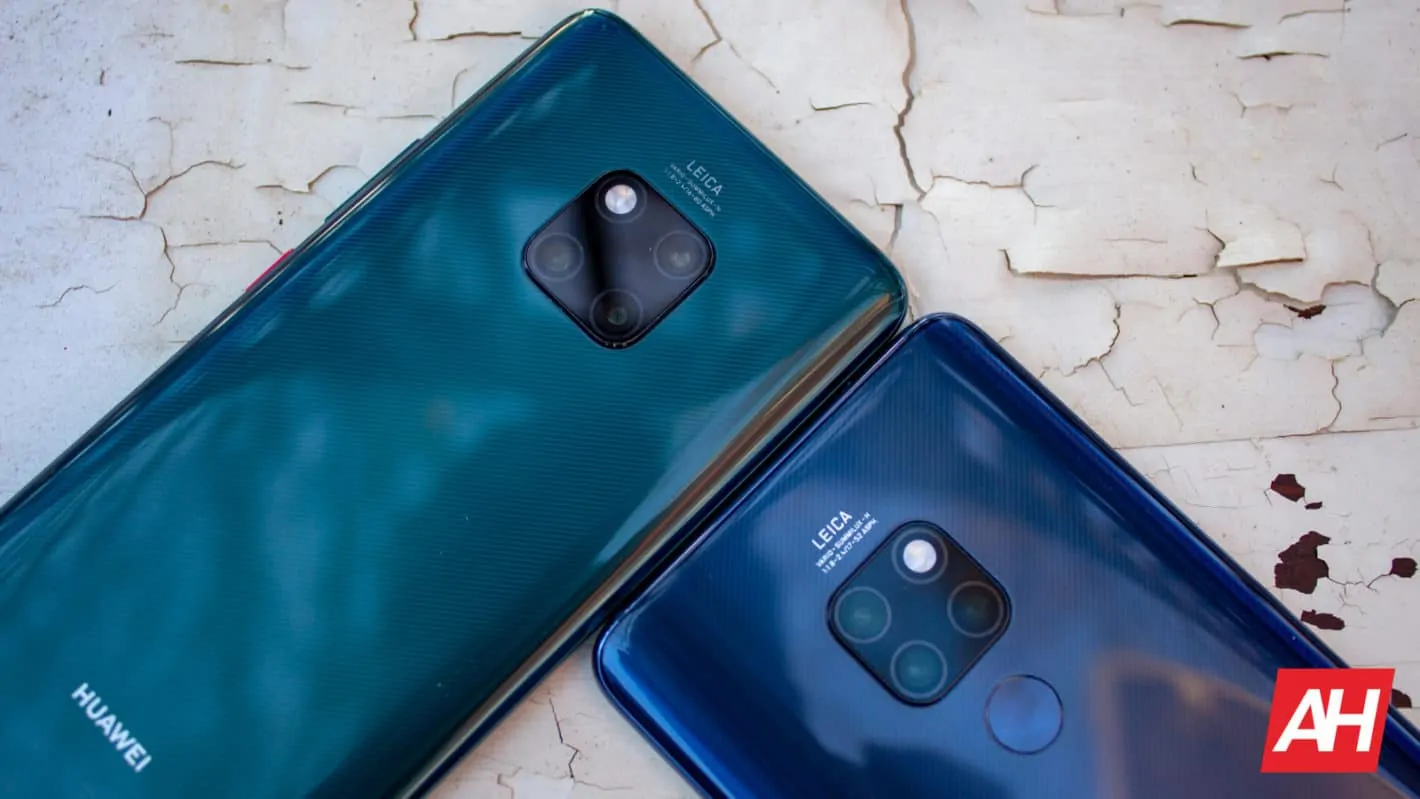The triple-camera setup found on the back of Huawei’s Mate 20 Pro Android flagship isn’t clearly superior to the one used by the P20 Pro, an older phablet the Chinese firm launched some half a year earlier, according to an independent review conducted by imaging experts at DxOMark. The French company proclaimed the P20 Pro to be the best mobile photography tool ever created in early 2018, describing the first mainstream triple-lens system as a milestone in smartphone photography that Huawei’s rivals are now forced to catch up with.
However, while consumers and industry watchers expected the newer Mate 20 Pro to outperform its older sibling, even by a small margin like the members of its line usually do year after year, that didn’t come to pass. Instead, the Mate 20 Pro’s rear cameras have found to be nearly identical to those of the P-series device, whereas their overall video-taking capabilities have even been found as slightly inferior.
Is a step back even possible?
In terms of illustrative figures, DxOMark awarded the Mate 20 Pro a score of 114 and 97 for still photography and video, respectively. The former is also how the P20 Pro was rated, though the older device actually got a 98 in the filmmaking department. DxOMark’s ratings may stem from relatively consistent testing scenarios but they’re also outlined in the context of a non-finite scale and incremental differences between two scores should be indicative of cameras that are identical for all end-user intents and purposes.
That isn’t to say the Mate 20 Pro doesn’t offer any benefits as, despite the fact that it relies on an extremely similar three-lens system used by the 2018 addition to Huawei’s P family, it also benefits from some new processing algorithms that do a better job at making out details hidden in the shadows. The Chinese tech juggernaut did include a super-wide-angle lens into its newest Android phablet but such a feature isn’t accounted for by DxOMark’s scoring system.
In practice, the glass allows for some added versatility when it comes to shooting landscape and can also be used in other scenarios, depending on how unconventional of an image one is aiming for. However, a different field of view doesn’t affect picture quality in any significant way, assuming all other components are identical, which seems to be the case here.
Kind of but not really
Neither device is particularly amazing at handling image noise but the Mate 20 Pro appears to be worse at it, delivering textures of dubious quality in low-light conditions. The P20 Pro actually fared slightly better in what’s essentially the same test last year, though the differences appear to be so small that they could be attributed to human error. Surprisingly, the Mate 20 Pro was also found to have struggled more when required to stabilize video. As the newer phablet has improved internals, including a more powerful system-on-chip with a theoretically better image signal processor in tow, the unexpected results may come down to software issues, meaning Huawei could still be able to address them in the future. Ultimately, both Android flagships still offer the best mobile photography experience in overall, DxOMark’s experts and many other tech critics believe.

